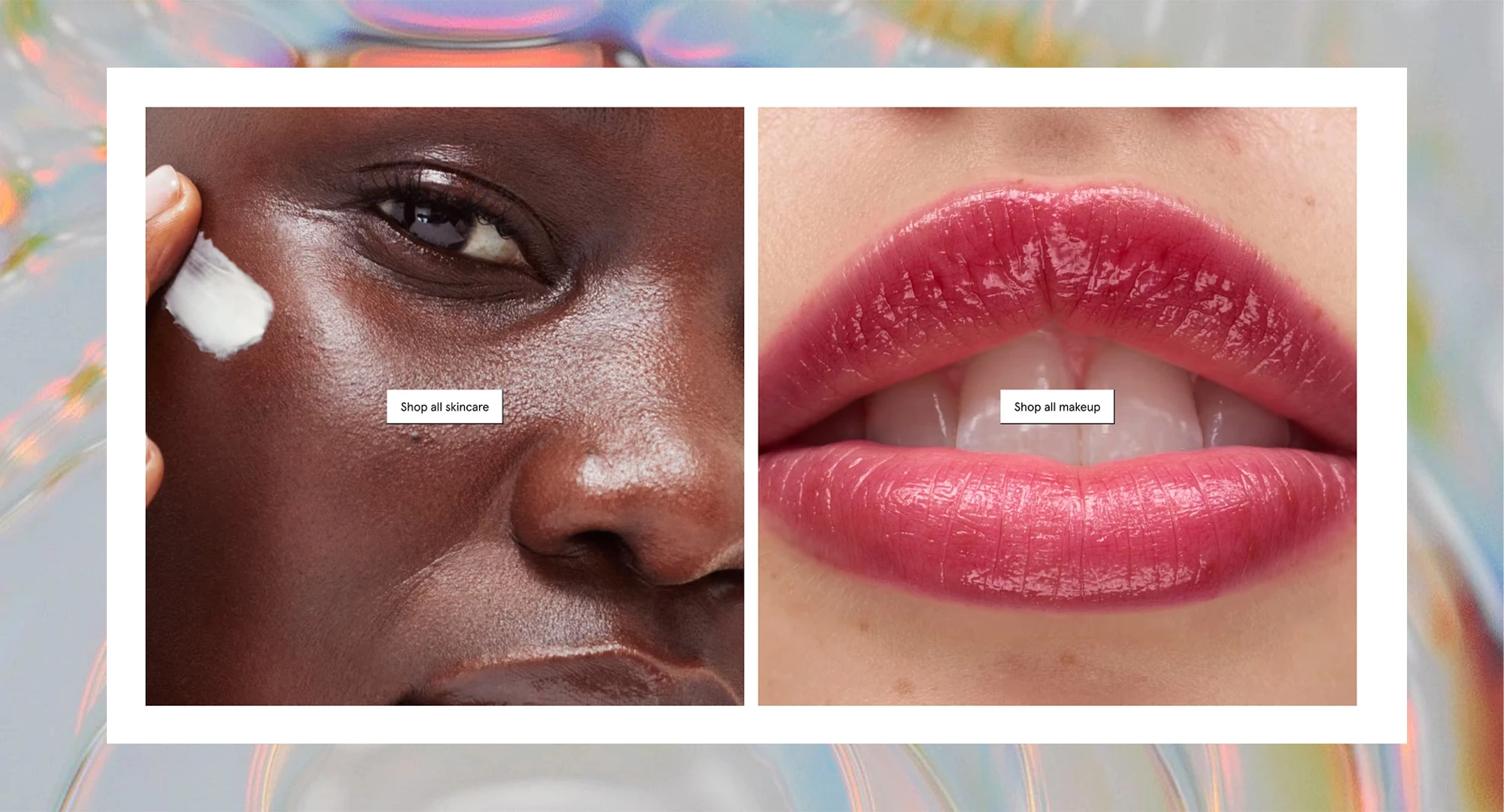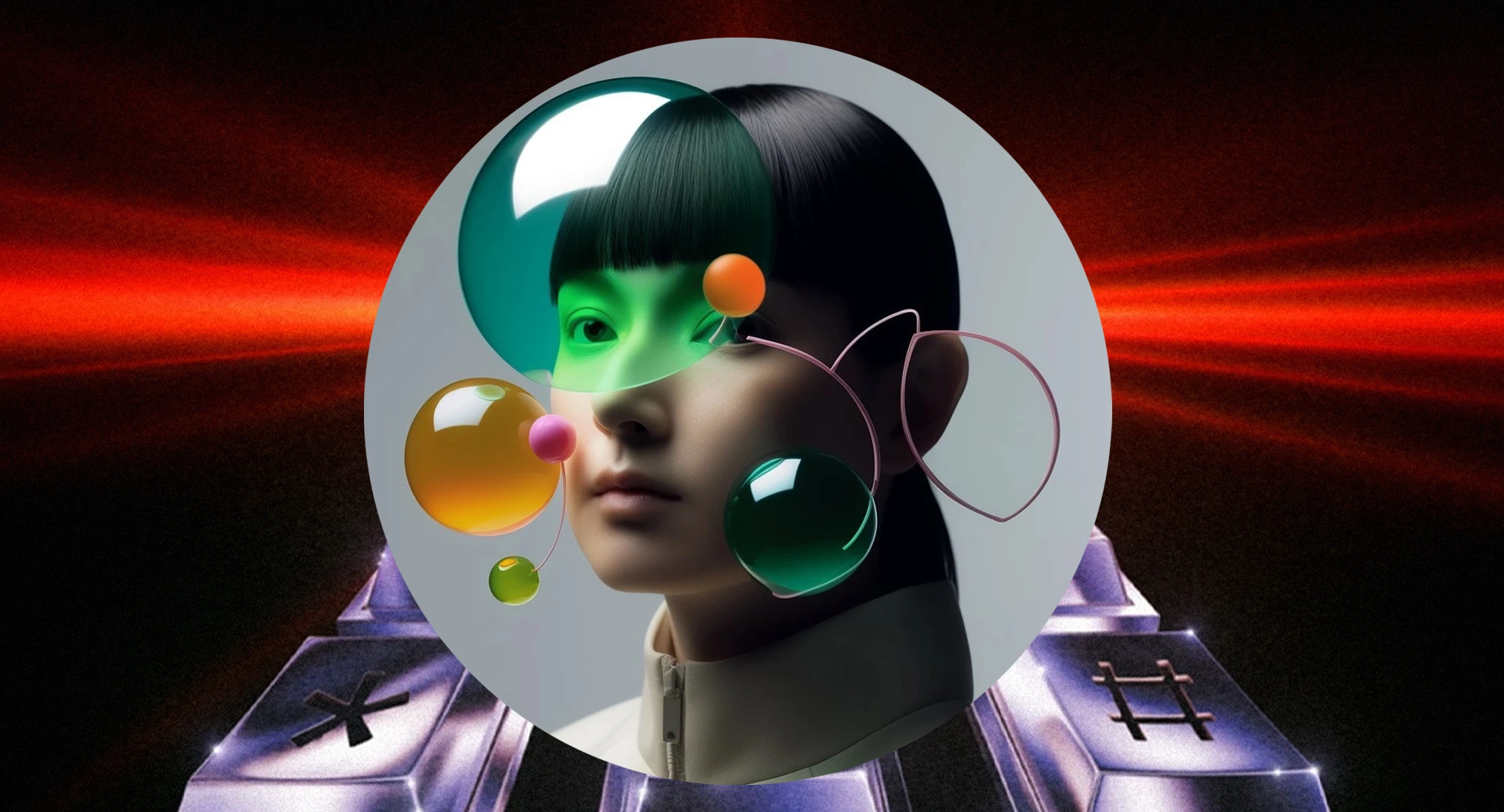
Enterprise UX Design Trends & Patterns for Leading Brands
Enterprise UX design is evolving rapidly as digital expectations rise and competition intensifies. Companies must deliver intuitive, efficient, and consistent experiences across complex systems. This article explores five key trends shaping enterprise UX design, highlighting patterns, strategies, and competitive insights. Understanding these trends helps enterprise leaders improve engagement, adoption, and overall digital performance.
Market Context: Disruption & Opportunity
Enterprise applications are becoming increasingly complex, with users demanding faster, more intuitive interfaces. Many legacy systems struggle to deliver consistent UX, creating friction and inefficiency. Organizations are investing in enterprise UX design services and agencies to modernize applications and improve user satisfaction. These shifts matter because user experience directly affects productivity, adoption, and operational outcomes. Enterprises that embrace UX improvements gain competitive advantage through higher efficiency and better engagement. By focusing on enterprise UX design patterns, companies can standardize processes while addressing user needs. Leading brands that optimize UX now are positioning themselves to capture market share as digital experiences define success.
Top 5 Trends to Watch in Enterprise UX Design
- Adaptive and Contextual Interfaces
- Integrated Cross-Platform Experiences
- Data-Driven Design Decisions
- AI-Powered UX Optimization
- Standardized Enterprise UX Design Patterns
Trend Breakdown: Context & Competitive Insight

Adaptive and Contextual Interfaces
Adaptive interfaces adjust layout and functionality based on user behavior and context. Enterprises implement these designs to reduce friction and improve efficiency. This trend affects all user-facing applications, particularly complex enterprise platforms. Competitive advantage comes from faster task completion, higher user satisfaction, and lower training costs. Companies that adopt adaptive UX proactively can reduce support needs while improving engagement.
Integrated Cross-Platform Experiences
Users expect consistent experiences across desktop, mobile, and cloud platforms. Enterprise design UX now emphasizes seamless integration between systems. Organizations that unify interfaces across applications minimize confusion and errors. This approach improves adoption and strengthens brand credibility. Integrated UX also enables easier scaling of enterprise applications while reducing redundant workflows.
Data-Driven Design Decisions
Enterprise UX design increasingly relies on analytics and user data to inform decisions. Monitoring user behavior helps identify pain points and optimize workflows. This trend allows designers to prioritize features that deliver real value. Data-driven approaches improve usability, reduce errors, and support measurable ROI. Enterprises leveraging analytics gain insight into efficiency and user satisfaction, strengthening competitive positioning.
AI-Powered UX Optimization
Artificial intelligence supports personalization, predictive suggestions, and automated interface improvements. AI-driven enterprise application UX design adapts to individual needs in real time. Organizations that use AI in design can improve speed, accuracy, and user satisfaction. Early adopters gain an advantage by reducing cognitive load and streamlining complex tasks. AI integration also enables continuous learning, keeping UX relevant as workflows evolve.
Standardized Enterprise UX Design Patterns
Establishing reusable UX patterns ensures consistency and efficiency across applications. Standardized enterprise UX design patterns simplify onboarding, reduce errors, and speed development. Companies that implement consistent patterns create predictable user experiences, improving adoption. This approach also reduces maintenance costs and aligns design across teams and platforms.
What Leading Brands Are Doing
Leading companies are transforming their enterprise UX design to drive engagement and efficiency. Company A has implemented adaptive interfaces across its platforms, reducing user errors by 30%. Company B standardized UX patterns across applications, cutting training time and accelerating adoption. At G&Co., we help enterprise brands implement these shifts through design audits, platform modernization, and workflow optimization. Our approach ensures trends translate into measurable business outcomes.
Risks, Blind Spots & What to Avoid
- Risk 1: Ignoring User Context
Why it matters: Interfaces that do not adapt frustrate users.
Blind spot: Teams often underestimate variability in user tasks and environments. - Risk 2: Overcomplicating Cross-Platform UX
Why it matters: Inconsistent design leads to errors and low adoption.
Blind spot: Companies assume desktop-first designs translate seamlessly to mobile. - Risk 3: Neglecting Data-Driven Insights
Why it matters: Decisions without analytics may fail to address real pain points.
Blind spot: Organizations often over-rely on opinion rather than behavior data.
Let’s kickstart the conversation and design stuff people will love.

The Role of Enterprise UX Design Agencies

Enterprise UX design agencies guide organizations through digital transformation and interface optimization. They provide expertise in enterprise UX design patterns, application UX design, and strategic design services. Agencies help identify inefficiencies, standardize experiences, and implement adaptive, data-driven solutions. Selecting the right partner ensures consistent UX, faster adoption, and measurable business impact. Agencies also assist in training internal teams and maintaining patterns as systems evolve. At G&Co., we combine strategy and execution to deliver enterprise UX design services that transform ideas into impact. Our ongoing support helps clients stay ahead as trends shift and expectations grow.
Conclusion & Strategic Outlook
These five trends reflect a deeper shift in enterprise UX design and what users value. Companies that adopt adaptive interfaces, integrated experiences, data-driven decisions, AI optimization, and standardized patterns gain efficiency, satisfaction, and competitive advantage. Leaders who embrace these insights are better prepared to respond to market changes and user expectations. At G&Co., we provide the strategic clarity and implementation expertise needed to translate UX trends into tangible business outcomes. Together, we can define what’s next in enterprise UX design.






%20(1).png)






